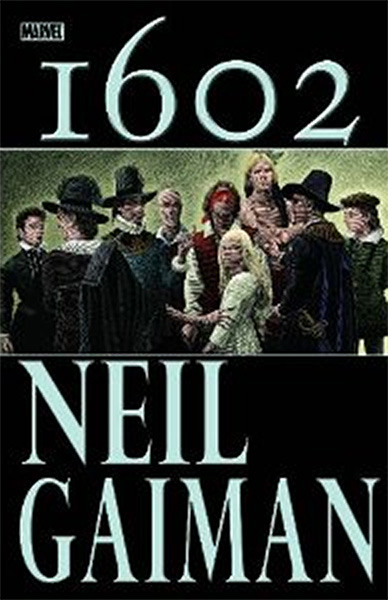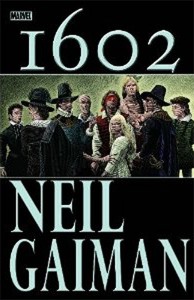

Neil Gaiman (“Sandman,” “Coraline” ) has major Midas powers; everything he touches is a guaranteed purchase for me. “Marvel 1602,” the eight issue re-imagining of the well-known franchise, penned by Gaiman after he was approached by Marvel editor-in-chief Joe Quesada with artwork by Andy Kubert (“Uncanny X-men”), is no different.
The story follows an alternate universe where superheroes (many of Marvel’s staple characters) appear. This launches the traditional “heroes grapple with their power and inner angst while challenging the world-ending plans of external evils”-style plot.
A particular characteristic of Gaiman’s writing is his careful attention to word choice and detail. He has a great understanding of his craft and the very point of writing: conveying a message. He isn’t trying to trick his reader and, while his works are never simple or simple-minded, there’s something beautifully obvious about his stories.
A prime example is Rojhaz, a hulking, blond-haired, blue-eyed, Native American character who serves as a bodyguard of sorts to the young Virginia Dare (a historical figure known as the first European colonist born in the Americas, gifted with the ability to transform into animals in Gaiman’s universe.) It’s almost surprising when, at the end of the book, Rojhaz is revealed as Steve Rogers, better known as Captain America. Aside from the sound-alike names, it’s subtly handled. But, really? Of course he is. The fiercely loyal protector of America and all the hope that goes along with the new world: who else could it be?
In this sort of re-imagining, the writing was in constant danger of parodying the original characters. Gaiman doesn’t lose touch on the motivations of his characters, going above and beyond simply giving them funny accents and dressing them all in tights. Beside the superheroes (or “witch folk” as they’re called in the book), there’s some grit and complexity keeping the readers seriously engaged.
This theme of subtlety carries into the artwork as well. Overall, it’s a beautiful book. You can’t really talk comics without going into aesthetics and “Marvel 1602” is just so pretty. What’s interesting about the process for this artwork is that instead of the initial pencil drawings being sent to an ink artist, they were immediately sent to the colorist, Richard Isanove. This technique, called “enhanced pencils,” gives the artwork a clean finish, not only drawing attention to the elaborate line detail, but the beauty of the era the artists are trying to capture.
